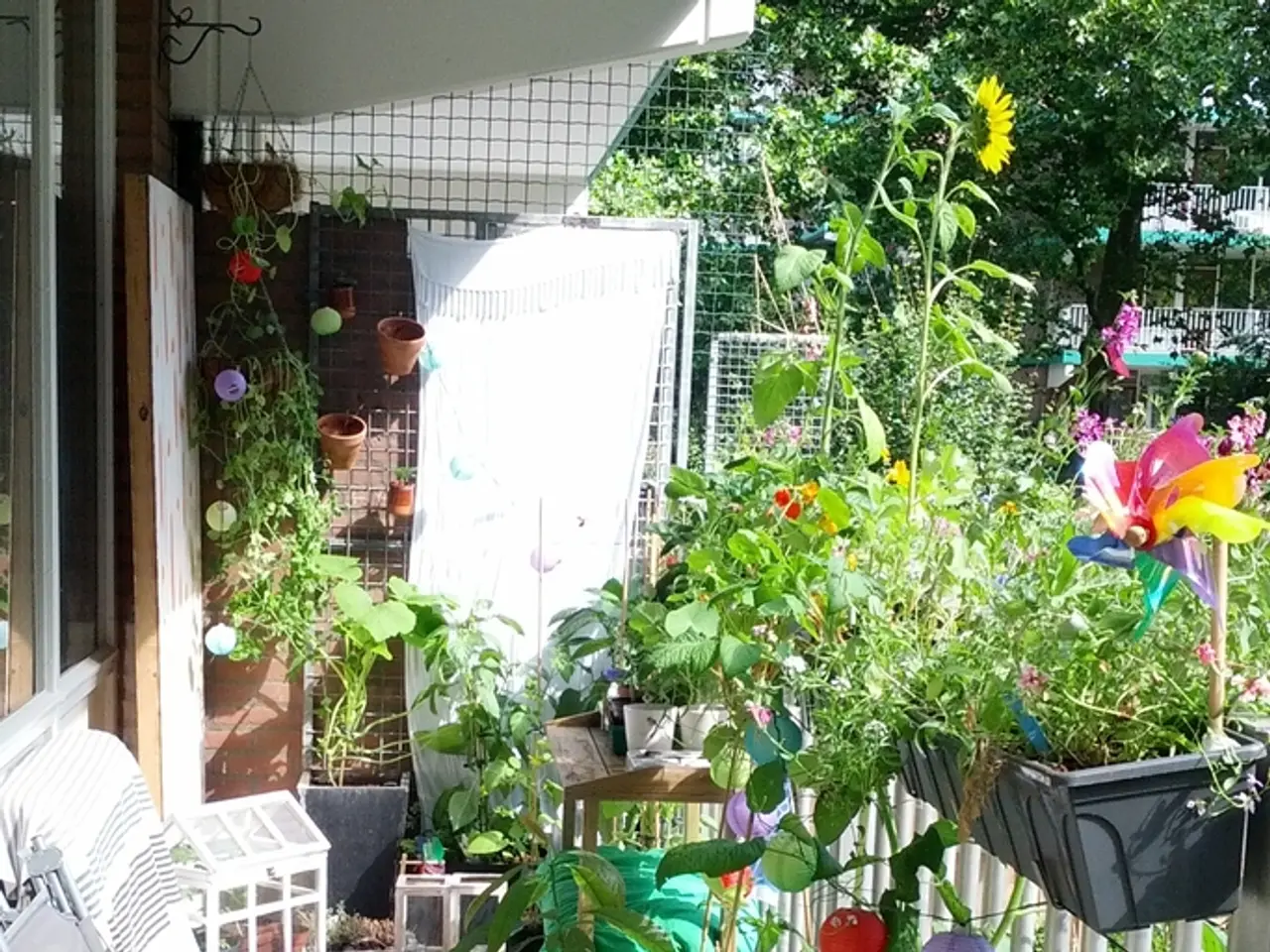Affordable Green Home Makeover: Creating an Eco-friendly Home without Compromising Finances
In the quest for a sustainable future, home renovations can play a significant role in reducing carbon footprints and saving costs. Here are some integrated strategies for implementing cost-effective eco-friendly home renovations, focusing on small changes, reusing materials, sustainable materials, energy efficiency, renewable energy, construction waste reduction, and long-term savings.
Firstly, **reusing existing materials and structural elements** is a practical approach to reducing waste and avoiding new material costs. Salvaging slabs, footings, wood, bricks, and fittings from your existing home can lower carbon emissions linked to manufacturing new materials and demolition disposal.
Secondly, **incorporating sustainable materials** in your renovation project is a smart choice. Opt for eco-friendly building materials such as recycled metal, sustainably sourced wood, stone, and innovative insulators like hempcrete. These materials usually have lower environmental impact and can be durable, reducing future maintenance costs.
Thirdly, **enhancing energy efficiency** is crucial for long-term savings. Improve thermal insulation in walls, floors, and ceilings to stabilise indoor temperatures and cut heating/cooling needs. Upgrade to double-glazed windows and install energy-efficient climate control systems such as heat pumps and smart thermostats. Replace lighting with LED bulbs and use energy-efficient appliances rated A++ or higher to reduce electricity consumption dramatically.
Fourthly, **using renewable energy** is a strategic move for lowering reliance on grid electricity and operational costs in the long term. Install solar panels or small wind turbines as feasible, and pair these with passive solar design strategies like proper building orientation to maximise natural light and heat gain.
Fifthly, **reducing construction waste** is essential for minimising excess material ordering and optimising the reuse of demolition waste. Avoid unnecessary demolition of durable structural components to reduce landfill contributions and disposal fees.
Sixthly, **implementing smart home technologies** can optimise energy use, reduce waste, and increase home comfort while saving money in the long run. Integrate smart lighting controls, security, and HVAC automation.
Starting with small changes for immediate impact is also advisable. Quick, low-cost improvements like switching to LED lighting, adding window films, weather-stripping doors, or installing low-flow fixtures can immediately cut energy and water usage without major construction.
Adopting these strategies not only reduces environmental impact but often pays off through lower utility bills, increased property value, and potentially higher rental income. While some upgrades require upfront investment, the long-term savings and sustainability benefits usually outweigh those costs.
By combining material reuse, smart design, energy efficiency, and renewable technologies, you achieve a cost-effective, eco-friendly renovation that balances environmental stewardship with economic practicality. Additionally, consider installing rainwater harvesting systems to cut down water bills, upgrading home insulation to retain heat in winter and cool air in summer, and considering solar water heaters to reduce energy consumption.
Remember to check for government incentives or rebates on energy-efficient upgrades and look for financing options, tax credits, or incentives for renewable energy systems to further reduce costs. Lastly, donate unused items to donation centers or resell them online to minimise waste and promote a circular economy.
Budgeting wisely can ensure that you implement these cost-effective eco-friendly home renovations. Allocate funds towards reusing existing materials and structural elements for lower carbon emissions and material costs. Also, consider the long-term savings from investing in sustainable materials, energy efficiency, and renewable energy technologies.
Incorporating sustainable living practices into your home-and-garden project, such as rainwater harvesting systems, solar water heaters, and home insulation upgrades, can lead to significant long-term savings on water bills and energy consumption.
Personal-finance considerations should include seeking out government incentives, rebates, or tax credits for energy-efficient upgrades and renewable energy systems. Additionally, look into financing options for these improvements to further reduce costs. By following these financial strategies, you can make your home renovations financially feasible while promoting a sustainable lifestyle.




